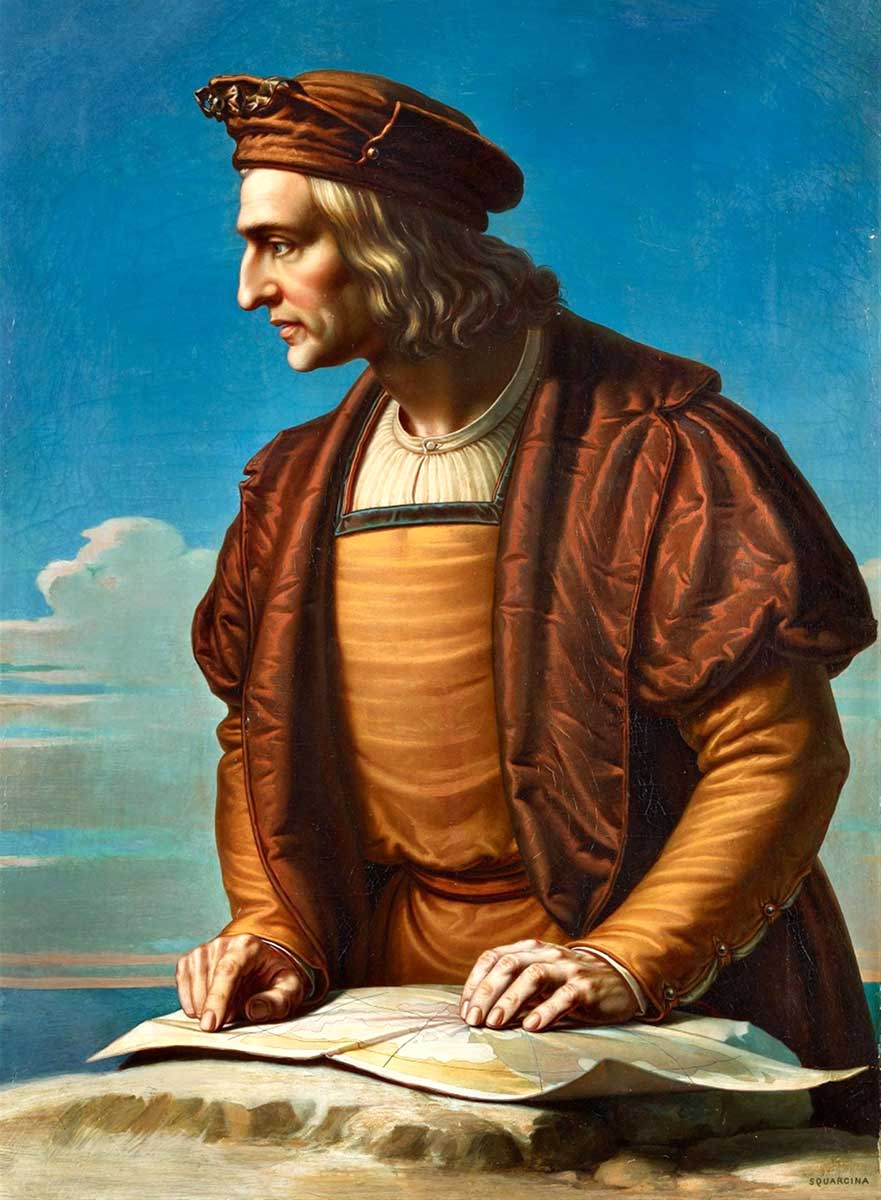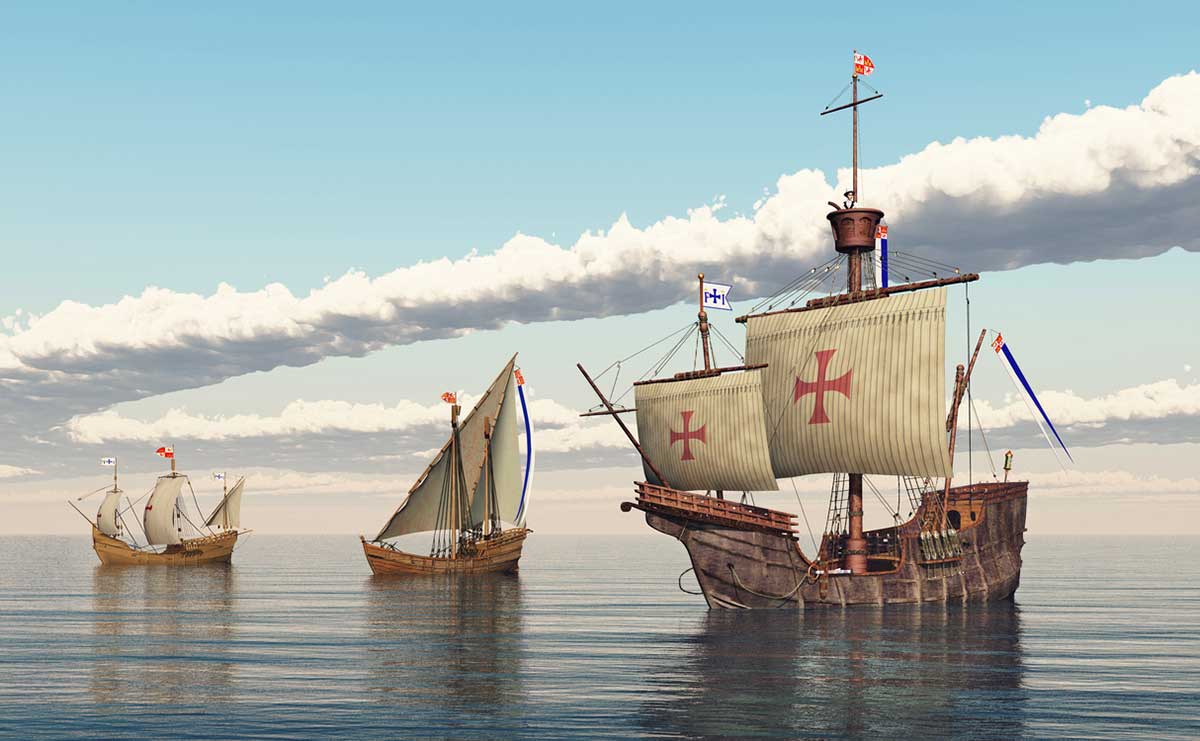
Christopher Columbus (formerly known in Italy as Cristoforo Colombo) was the Italian Renaissance explorer who sailed across the oceans aboard his ship, the Santa Maria. During his day he was heralded as a great hero for bringing knowledge of the wider world into Europe. However, his place in history is a complicated one; he is historically credited with ‘discovering’ the Americas, although this colonial worldview has now been largely discredited, since indigenous cultures had already been living there for many centuries. Meanwhile, his status as a daring and intrepid explorer into the great unknown has been widely challenged -his travels led to centuries of European exploration and colonization. This had a catastrophic impact on the rich civilizations of the Americas.
Christopher Columbus Was a Traveler from a Young Age

Columbus was born in Genoa in 1451, as Cristoforo Colombo, and grew up around the Italian seaport. From a young age he began making voyages to the sea, and by the time he reached adulthood he was already a highly accomplished sailor. Columbus moved to Lisbon in 1476, from where he was able to secure funding to support explorations into the Far East across the Atlantic Ocean. His hope was to secure a trade route through to India, Japan and China, from where sailors could bring back luxury goods including silk, gold and spice. While many ships sailed east to reach the coast of Africa, Columbus travelled west in search of a new and more easily accessible journey.
He Travelled to the ‘New World’

Columbus travelled from Palos aboard the Santa Maria, which was accompanied by two caravel ships, called the Nina and the Pinta. Altogether, a crew of around 90 men were spread across the three ships. After travelling across the sea for 10 weeks, Columbus and his team found land on a small island in the Bahamas. While the island was already populated by indigenous people, Columbus laid claim on the land, donating it to the king and Queen of Spain. It was thereby named San Salvador.

On the return journey to Europe disaster struck when the Santa Maria crashed into a rock. Crew members decanted onto the island of Hispaniola, and Columbus urged them to establish a new fort settlement here, which he called La Navidad. Meanwhile, Columbus climbed aboard the Nina and travelled home to Spain, where he was met with rapturous praise, and awarded the titles Admiral of the Ocean Sea and Governor of the Indies. Building on the success of his first trip, Columbus made three more similar journeys, visiting Cuba, Trinidad, the South American mainland and Panama.
Get the latest articles delivered to your inbox
Sign up to our Free Weekly Newsletter
Some of His Explorations Led to Catastrophe

During Columbus’s return visit to the Hispaniola Island where he had left his crew members, Columbus was horrified to discover the local people had rebelled against the Europeans, leading to a series of violent conflicts and casualties. Meanwhile Columbus and his crew began trying to take them as slaves. The Spanish royals were horrified by the disastrous situation, arresting Columbus and stripping him of his awards.
His Legacy Is Complicated Today

Today Columbus holds a complicated place in history. On the one hand, he opened up a far wider understanding of the world from a European perspective, shifting how maps were drawn and organized. However, while he was formerly known as the first explorer to ‘discover’ the New World, historical research reveals he was not, in fact, the first European to travel to this part of the world. Meanwhile, far from ‘discovering’ an already colonized series of countries, Columbus’ journeys kickstarted a series of further travel into the Americas which led to centuries of slavery and the exploitation of native American people, causing drastic changes in the places that he and his crew members had once been so fascinated by.







